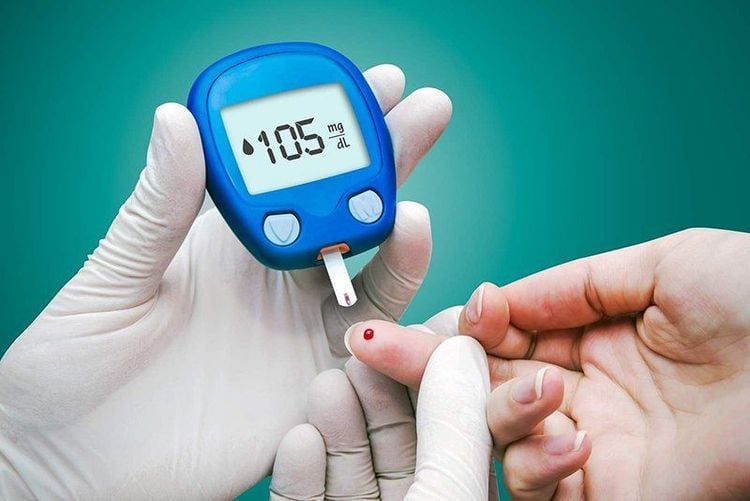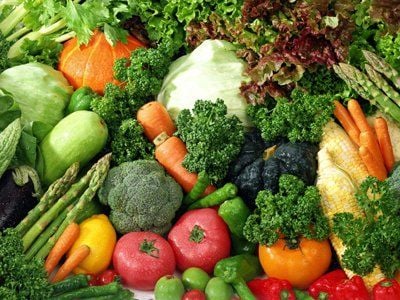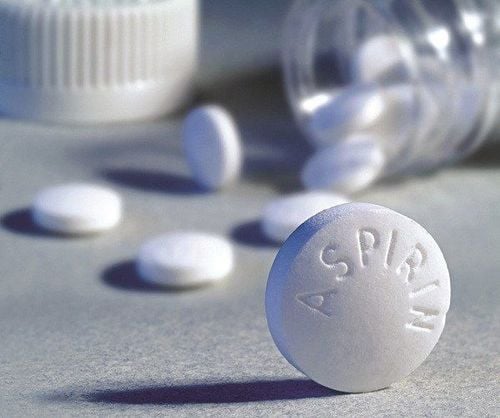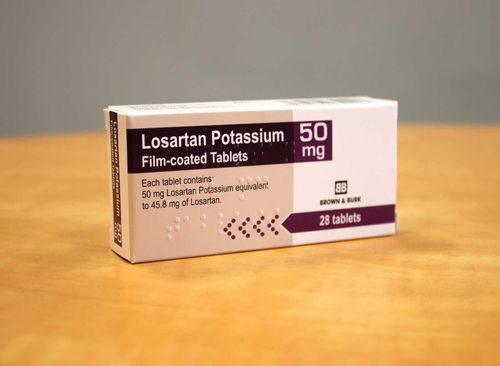This is an automatically translated article.
The ingredients in a nutritious diet need to ensure adequate nutrients for the body. In particular, fiber also plays a significant role in the nutritional diet. This article helps provide the necessary information about the types of fiber for the body.
1. What is a high-fiber diet?
Eating a diet rich in fiber has many potential health benefits, including a reduced risk of heart disease, stroke, and type 2 diabetes. Because high-fiber foods can be healthy for reasons other than their fiber content, research can't always determine if fiber is a healthful ingredient. or not. A high-fiber diet is a commonly recommended treatment for digestive problems, such as constipation, diarrhea, and hemorrhoids, although individual results vary widely and scientific evidence exists. Support for these recommendations is weak.
Fiber is commonly found in beans, whole grains, vegetables and fruits. However, most people don't eat as much fiber as is usually recommended.
Most dietary fiber is not digested or absorbed, so it stays in the intestines, where it regulates the digestion of other foods and affects stool consistency. There are two types of fiber, each believed to have its own benefits:
● Soluble fiber consists of a group of substances made up of carbohydrates and dissolved in water. Examples of foods containing soluble fiber include fruit, oats, barley, and legumes (peas and beans).
● Insoluble fiber comes from plant cell walls and is insoluble in water. Examples of foods containing insoluble fiber include wheat, rye, and other grains. The traditional fiber, wheat bran, is an insoluble fiber.
● Fiber is a combination of all soluble and insoluble fiber.
2. Benefits of a High-Fiber Diet
The health effects of high fiber may depend to some extent on the type of fiber eaten. However, the difference between the health effects of the two types of fiber is not so clear and can vary between individuals, so many providers encourage fiber supplements in whatever way is easiest. for patients.
There are several potential benefits of eating a high-fiber diet:
Insoluble fiber (wheat bran, and some fruits and vegetables) has been recommended for treatment digestive problems such as constipation, hemorrhoids, chronic diarrhea, and fecal incontinence. Fiber swells stools, making them softer and easier to pass. Fiber helps regular bowel movements, although it is not a laxative.
● Soluble fiber (psyllium, pectin, wheat dextrin, and oat products) may reduce the risk of coronary heart disease and stroke by 40 to 50% (compared to a low-fiber diet).
Soluble fiber may also reduce the risk of developing type 2 diabetes. In people with diabetes (types 1 and 2), soluble fiber can help control blood sugar levels.
● It is not clear whether a high-fiber diet is beneficial for people with irritable bowel syndrome or diverticular disease. Fiber may be helpful for some people with these diagnoses while it may worsen symptoms in others.

Chất xơ hòa tan cũng có thể làm giảm nguy cơ phát triển bệnh tiểu đường loại 2
3. How much fiber do you need each day?
The recommended amount of fiber is 20 to 35 grams per day. By reading nutrition labels on packaged foods, it is possible to determine the number of grams of fiber per serving.
Sources of dietary fiber, the fiber content of many foods, including fruits and vegetables, available in the table. Breakfast cereals can be a good source of fiber. Certain fruits and vegetables are especially helpful in treating constipation, such as prunes and prunes juice.
Other sources of fiber for those who don't like high-fiber foods like fruits, beans and vegetables, a good source of fiber is unprocessed wheat bran; One to two scoops can be mixed with food. One tablespoon of wheat bran contains about 1.6 grams of fiber.
Also, there are a number of fiber supplements available. Examples include psyllium, methylcellulose, wheat dextrin, and calcium polycarbophil. The dose of fiber supplements should be increased slowly to prevent bloating and cramping, and fluid intake should be adequate. The fiber in these supplements is mostly soluble.
Adding fiber to the diet can have some side effects, such as bloating or gas. This can sometimes be minimized by starting with a small amount and gradually increasing until the stools become softer and more frequent.
However, many people, including those with irritable bowel syndrome, cannot tolerate fiber supplements and do better by not increasing fiber in their diet.

Lượng chất xơ được khuyến nghị là 20 đến 35 gam mỗi ngày
Please dial HOTLINE for more information or register for an appointment HERE. Download MyVinmec app to make appointments faster and to manage your bookings easily.
Reference source: update.com













